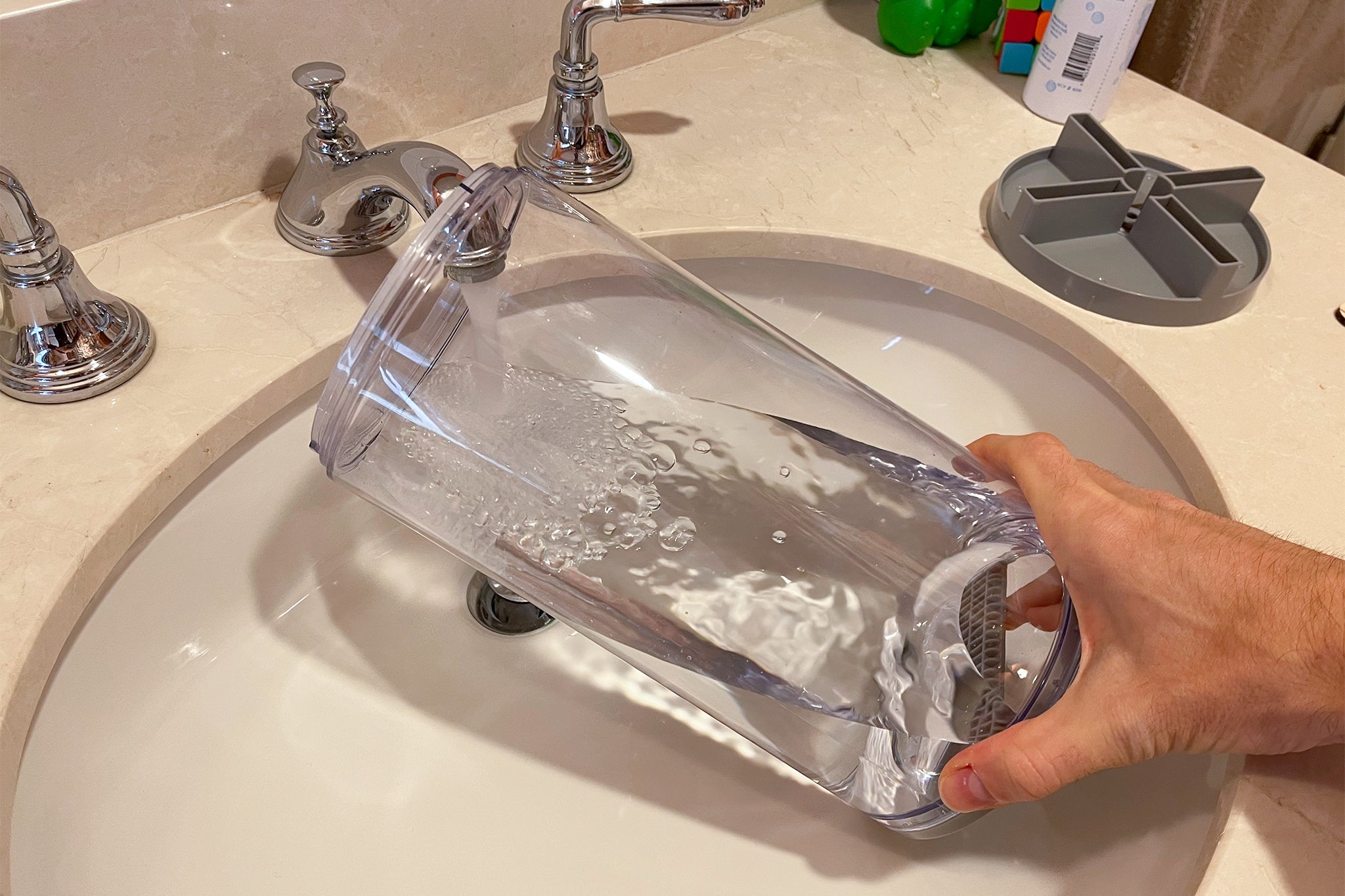

Articles
How Often Should You Clean Your Humidifier
Modified: February 27, 2024
Learn the ideal frequency for cleaning your humidifier from our informative articles. Maintain a healthy and efficient indoor environment.
(Many of the links in this article redirect to a specific reviewed product. Your purchase of these products through affiliate links helps to generate commission for Storables.com, at no extra cost. Learn more)
Introduction
Humidifiers are invaluable devices that help improve the quality of air in our homes and offices. They add moisture to the air, which can provide numerous benefits such as alleviating dry skin, reducing allergy symptoms, and preventing the spread of airborne viruses.
However, in order for a humidifier to effectively deliver these benefits, it is essential to keep it clean and well-maintained. Regular cleaning of your humidifier not only ensures its optimal performance but also prevents the buildup of bacteria, mold, and mineral deposits that can be harmful to your health.
In this article, we will explore the importance of cleaning your humidifier, factors that affect the cleaning frequency, recommended cleaning schedules for different types of humidifiers, signs that indicate your humidifier needs cleaning, and a step-by-step guide on how to clean your humidifier properly. Additionally, we will provide some valuable tips for maintaining a clean and healthy humidifier.
Cleaning your humidifier regularly may seem like a tedious chore, but it is crucial for maintaining a healthy indoor environment. By following the recommended cleaning procedures and schedule, you can ensure that your humidifier continues to function effectively and provide you with the desired comfort and health benefits.
Now, let’s dive deeper into why cleaning your humidifier is so important.
Key Takeaways:
- Regular cleaning of your humidifier is crucial to prevent bacteria, mold, and mineral buildup, ensuring clean air and optimal device performance.
- Factors like humidifier type, water quality, and usage frequency influence cleaning frequency, so follow manufacturer guidelines for a healthy environment.
Read more: How Often Should You Clean Your Blinds
Importance of Cleaning a Humidifier
Cleaning your humidifier on a regular basis is essential to maintain the quality of air in your home or office and to ensure the proper functioning of the device. Here are some key reasons why cleaning your humidifier is so important:
- Prevents the growth of bacteria and mold: When a humidifier operates, it generates moisture, creating an ideal environment for the growth of bacteria, mold, and fungi. These microorganisms can be released into the air and inhaled, potentially causing respiratory issues and allergies. Regular cleaning removes any buildup of bacteria and mold, preventing their dissemination into the air you breathe.
- Reduces mineral buildup: Tap water contains minerals that can be released into the air along with the moisture produced by the humidifier. Over time, these minerals can accumulate inside the humidifier, creating a hard, crusty layer. This mineral buildup not only affects the performance of the humidifier but can also release harmful particles into the air. Regular cleaning helps to remove these deposits and maintains the efficiency of your device.
- Improves air quality: A clean and well-maintained humidifier ensures that the air it produces is of high quality. Without proper cleaning, the humidifier can spread contaminants, leading to poor indoor air quality. Regular cleaning eliminates these contaminants, promoting healthier air for you and your family.
- Prevents unpleasant odors: If the humidifier is not cleaned regularly, it can develop a musty or stale odor caused by the growth of bacteria or mold. These odors can be unpleasant and may even permeate the entire room. Cleaning your humidifier removes these odors, creating a fresh and pleasant atmosphere.
- Extends the lifespan of the humidifier: Regular maintenance and cleaning of your humidifier can significantly extend its lifespan. By removing mineral deposits and preventing the buildup of bacteria and mold, you can ensure that your device lasts longer and operates effectively.
These are just a few of the major reasons why cleaning your humidifier is crucial. Neglecting to clean your humidifier can lead to adverse health effects and reduce the efficiency of the device. Now that we understand the importance of cleaning, let’s explore the factors that influence the frequency at which a humidifier should be cleaned.
Factors Affecting Cleaning Frequency
The frequency at which you should clean your humidifier can be influenced by several factors. While there is no universal rule for how often you should clean your humidifier, considering these factors can help you determine the ideal cleaning schedule:
- Type of humidifier: The type of humidifier you have can impact cleaning frequency. There are different types of humidifiers, including evaporative, ultrasonic, and steam humidifiers. Evaporative humidifiers typically require more frequent cleaning compared to ultrasonic or steam humidifiers. This is because evaporative humidifiers use a wick or filter that can accumulate contaminants and require regular replacement or cleaning.
- Water quality: The quality of the water you use in your humidifier can affect cleaning frequency. If you have hard water with a high mineral content, you may need to clean your humidifier more often to prevent mineral deposits from building up. Using distilled or filtered water can help reduce mineral buildup and therefore require less frequent cleaning.
- Humidity levels: Higher humidity levels can promote the growth of bacteria, mold, and fungi. If you live in a humid climate or use your humidifier frequently, it may require more frequent cleaning to prevent the buildup of these contaminants.
- Usage frequency: How often you use your humidifier can also impact cleaning frequency. If you use your humidifier daily or for prolonged periods, it may accumulate more moisture and impurities, requiring more frequent cleaning.
- Environment: The environment in which you use your humidifier can affect cleaning frequency. If you place your humidifier in a room with a lot of dust or pet hair, it may require more frequent cleaning to prevent these particles from entering the device and circulating in the air.
- Manufacturer’s recommendations: It is important to follow the manufacturer’s guidelines for your specific humidifier model. They may provide recommendations or instructions on how often the device should be cleaned for optimal performance and longevity.
Considering these factors can help you determine the appropriate cleaning schedule for your humidifier. However, keep in mind that regular cleaning should always be done to maintain the cleanliness and effectiveness of your device. In the next section, we will outline recommended cleaning schedules for different types of humidifiers.
Recommended Cleaning Schedule for Different Types of Humidifiers
While the specific cleaning frequency for your humidifier may vary depending on the factors mentioned earlier, here are some general guidelines for cleaning different types of humidifiers:
- Evaporative Humidifiers: Evaporative humidifiers typically require more frequent cleaning due to their use of a wick or filter. It is recommended to clean the wick or filter every two weeks during the operating season. Additionally, the water tank and base should be cleaned every one to two weeks to prevent mineral buildup and the growth of bacteria or mold.
- Ultrasonic Humidifiers: Ultrasonic humidifiers produce a cool mist and generally require less frequent cleaning. It is suggested to clean the water tank and base every one to two weeks, similar to evaporative humidifiers, to prevent mineral deposits and the growth of bacteria or mold. Pay attention to the presence of white dust that may indicate mineral buildup, which may require more frequent cleaning.
- Steam Humidifiers: Steam humidifiers typically produce the cleanest moisture as they boil water to create steam. However, the water reservoir and any removable parts should still be cleaned every two weeks to prevent the accumulation of minerals or impurities. Be sure to follow the manufacturer’s instructions for proper cleaning to ensure the safety and efficiency of the device.
- Portable Humidifiers: Portable humidifiers, irrespective of their type, should be cleaned regularly following the recommended cleaning schedules mentioned above. Additionally, it is essential to clean and dry the humidifier thoroughly before storing it to prevent the growth of bacteria, mold, or unpleasant odors while in storage.
Remember, these are general recommendations, and it is important to consult your humidifier’s manufacturer’s guidelines for the specific cleaning instructions for your device. Additionally, if you notice any signs or symptoms indicating that your humidifier needs cleaning, it is best to clean it promptly rather than sticking strictly to a predetermined schedule.
In the next section, we will discuss some common signs that indicate your humidifier needs cleaning.
Clean your humidifier at least once a week to prevent mold and bacteria buildup. Use a mixture of water and vinegar to disinfect the tank and base.
Signs that Your Humidifier Needs Cleaning
Regular cleaning of your humidifier is important for maintaining its performance and ensuring a healthy indoor environment. Here are some common signs that indicate your humidifier is due for a cleaning:
- Visible signs of buildup: Look for visible signs of mineral deposits, scale, or slimy residue on the water tank, base, or humidifier components. These can indicate the presence of bacteria, mold, or mineral buildup, which necessitates immediate cleaning.
- Unpleasant odor: If your humidifier emits a musty or foul smell, it is a sign that bacterial or mold growth may be present. Cleaning the humidifier thoroughly can help eliminate these odors and improve air quality.
- Decreased mist output: If you notice a decrease in the amount of mist produced by your humidifier, it may be due to mineral deposits clogging the device’s components. Regular cleaning can help prevent this issue and restore optimal mist output.
- Increased allergy or respiratory symptoms: If you or your family members experience an increase in allergy symptoms or respiratory issues, it may be an indication that your humidifier needs cleaning. Mold, bacteria, or impurities in the humidifier’s mist can exacerbate these symptoms, so cleaning the device can help alleviate them.
- White dust on surfaces: If you notice a fine white dust settling on furniture or other surfaces near the humidifier, it is likely caused by mineral particles being released into the air. This can occur when using hard water or when the humidifier is overdue for cleaning. Cleaning the humidifier and using distilled or filtered water can help reduce the occurrence of white dust.
- Strange noises: Unusual noises coming from your humidifier, such as gurgling or hissing sounds, can indicate a buildup of mineral deposits or impurities. Cleaning the device can help resolve these noises and maintain proper operation.
Observing these signs can help you determine when your humidifier needs cleaning. It is important to address these issues promptly to prevent the buildup of bacteria, mold, and mineral deposits, which can impact the effectiveness of the device and compromise air quality.
In the next section, we will provide a step-by-step guide on how to clean your humidifier properly.
Read more: How Often Should You Clean Your Rugs
Step-by-Step Guide to Cleaning a Humidifier
Regular cleaning of your humidifier is essential to maintain its performance and ensure a healthy indoor environment. Follow these steps to clean your humidifier properly:
- Power off and unplug the humidifier: Before starting the cleaning process, make sure the humidifier is turned off and unplugged. This ensures your safety and prevents any damage to the device.
- Empty the water tank: Remove the water tank from the humidifier and pour out any remaining water. Rinse the tank thoroughly with clean water to remove any residue or impurities. Avoid using harsh cleaners or abrasive materials that could damage the tank.
- Disassemble the humidifier: Disassemble your humidifier according to the manufacturer’s instructions. This usually involves removing the water tank, filter (if applicable), and any other removable parts. Refer to the user manual if you are unsure about the disassembly process.
- Clean the removable parts: Wash the removable parts, such as the water tank, filter, and any other detachable components, with mild dish soap and warm water. Use a soft brush or cloth to gently scrub away any mineral deposits, mold, or bacteria. Rinse the parts thoroughly to ensure all soap residue is removed.
- Descale the water tank and base: If there is mineral buildup or scale in the water tank or base, prepare a solution of equal parts water and white vinegar. Fill the tank halfway and allow it to sit for 15-20 minutes to dissolve the mineral deposits. Pour out the vinegar solution and rinse the tank and base thoroughly with clean water.
- Clean the humidifier base: Wipe down the humidifier base with a damp cloth or sponge. Pay special attention to any areas that may have accumulated residue or mold. Use a small brush or cotton swab to clean hard-to-reach areas, such as the nozzles or vents.
- Dry and reassemble the humidifier: After cleaning, ensure that all parts are completely dry before reassembling the humidifier. Use a clean towel or allow the parts to air dry to prevent the growth of mold or bacteria. Once dry, reassemble the humidifier according to the manufacturer’s instructions.
- Refill and restart the humidifier: Fill the water tank with clean, distilled, or filtered water and place it back in the humidifier. Plug in and turn on the humidifier, following the manufacturer’s recommended settings.
Remember to consult your humidifier’s user manual for any specific cleaning instructions provided by the manufacturer. Regular cleaning of your humidifier using these steps will help maintain its performance and ensure a healthy indoor environment.
In the next section, we will provide some additional tips for maintaining a clean and healthy humidifier.
Additional Tips for Maintaining a Clean Humidifier
Aside from regular cleaning, there are some additional steps you can take to ensure that your humidifier stays clean and operates at its best. Consider the following tips for maintaining a clean and healthy humidifier:
- Use distilled or filtered water: Using distilled or filtered water in your humidifier can help minimize mineral buildup. It reduces the amount of minerals and impurities that can accumulate in the device, leading to less frequent cleaning.
- Change the water daily: To prevent the growth of bacteria and mold, it is advisable to change the water in the humidifier daily. Stagnant water provides a breeding ground for microorganisms, so starting with fresh water each day can help maintain a cleaner environment.
- Monitor humidity levels: Keep an eye on the humidity levels in your home or office. Excessive humidity can contribute to the growth of mold and bacteria. Aim for a comfortable humidity range of around 40-50%. If the humidity levels become consistently high, reduce the operation time of your humidifier or use a hygrometer to monitor the levels accurately.
- Regularly inspect and replace filters: If your humidifier has a filter, it is important to inspect and replace it as recommended by the manufacturer. A dirty or clogged filter can hinder the performance of the humidifier and compromise air quality. Follow the manufacturer’s instructions for proper care and replacement of filters.
- Store the humidifier properly: When not in use, it is crucial to store your humidifier properly to prevent the growth of mold or bacteria. Ensure that all parts are completely dry before storing and store the humidifier in a cool, dry place. Avoid sealing it in an airtight container, as this can promote the growth of microorganisms.
- Regularly clean the surrounding area: Aside from cleaning the humidifier itself, it is important to clean the surrounding area regularly. Dust and debris can accumulate on nearby surfaces, which can eventually find their way into the humidifier. Dust and clean the area around the humidifier frequently to prevent these particles from entering the device.
- Follow the manufacturer’s instructions: Always refer to the manufacturer’s instructions and guidelines for your specific humidifier model. They may provide additional tips and recommendations for maintaining the device and maximizing its lifespan.
By following these tips and incorporating them into your humidifier maintenance routine, you can ensure that your humidifier remains clean, efficient, and provides a healthy indoor environment.
Let’s wrap up what we’ve covered in the next section.
Conclusion
Maintaining a clean and well-maintained humidifier is essential for ensuring the quality of air in your home or office. Regular cleaning helps prevent the growth of bacteria, mold, and mineral deposits, which can compromise the effectiveness of the device and impact your health. By following the recommended cleaning schedules for different types of humidifiers, paying attention to signs that indicate your humidifier needs cleaning, and following a thorough step-by-step cleaning process, you can maintain a clean and healthy humidifier.
Factors such as the type of humidifier, water quality, humidity levels, usage frequency, and environment can influence the cleaning frequency. It is important to consider these factors and consult the manufacturer’s guidelines to determine the appropriate cleaning schedule for your specific humidifier.
In addition to regular cleaning, using distilled or filtered water, changing the water daily, monitoring humidity levels, and properly storing the humidifier can further contribute to maintaining a clean and efficient device. Regularly inspecting and replacing filters, cleaning the surrounding area, and following the manufacturer’s instructions are also crucial for optimal humidifier maintenance.
Remember, a clean humidifier not only ensures better air quality and comfort but also extends the lifespan of the device. By prioritizing regular cleaning and maintenance, you can enjoy the benefits of a clean and healthy indoor environment.
Now that you have a comprehensive understanding of the importance of cleaning your humidifier and the steps to maintain its cleanliness, it’s time to implement these practices and enjoy the benefits of a well-maintained humidifier.
Frequently Asked Questions about How Often Should You Clean Your Humidifier
Was this page helpful?
At Storables.com, we guarantee accurate and reliable information. Our content, validated by Expert Board Contributors, is crafted following stringent Editorial Policies. We're committed to providing you with well-researched, expert-backed insights for all your informational needs.

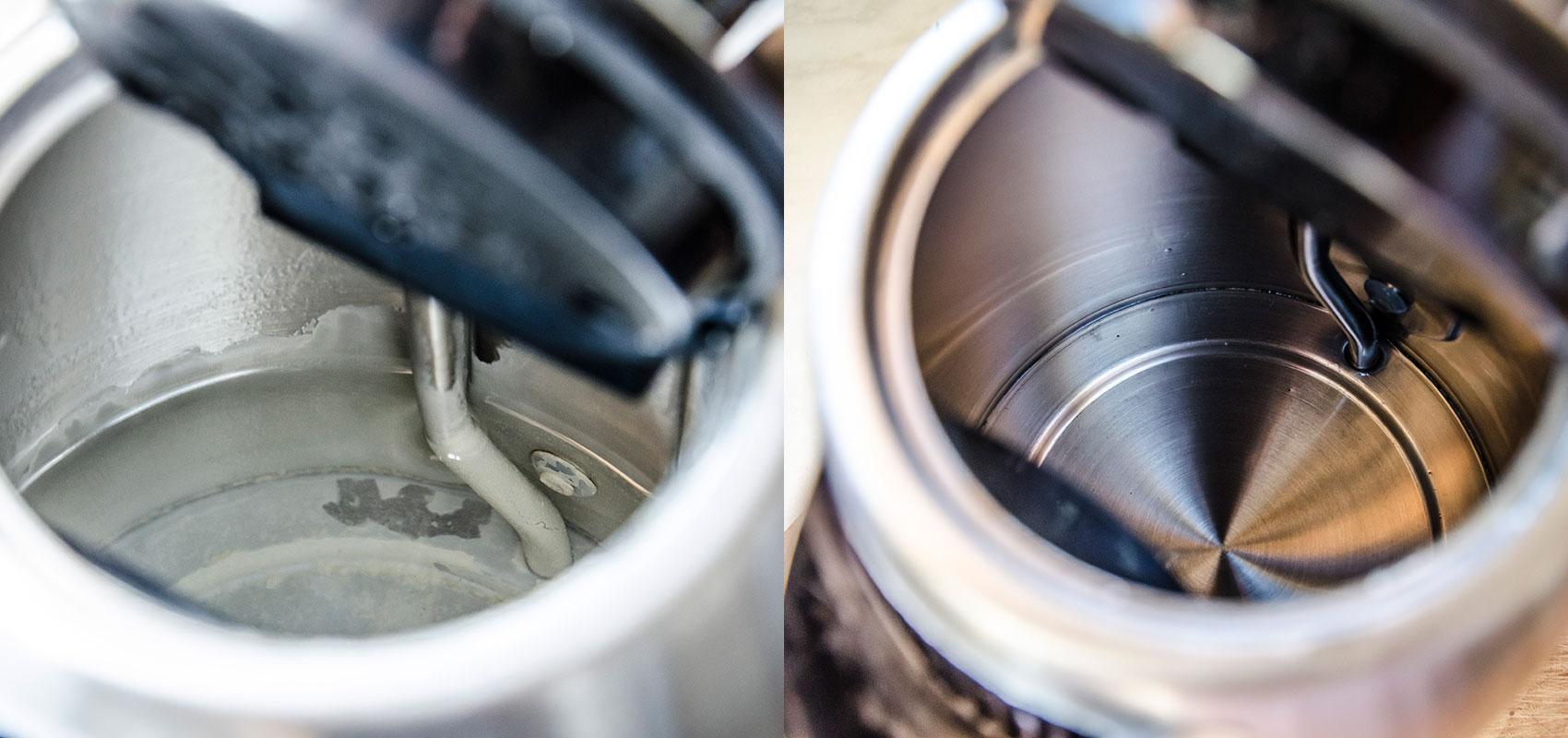
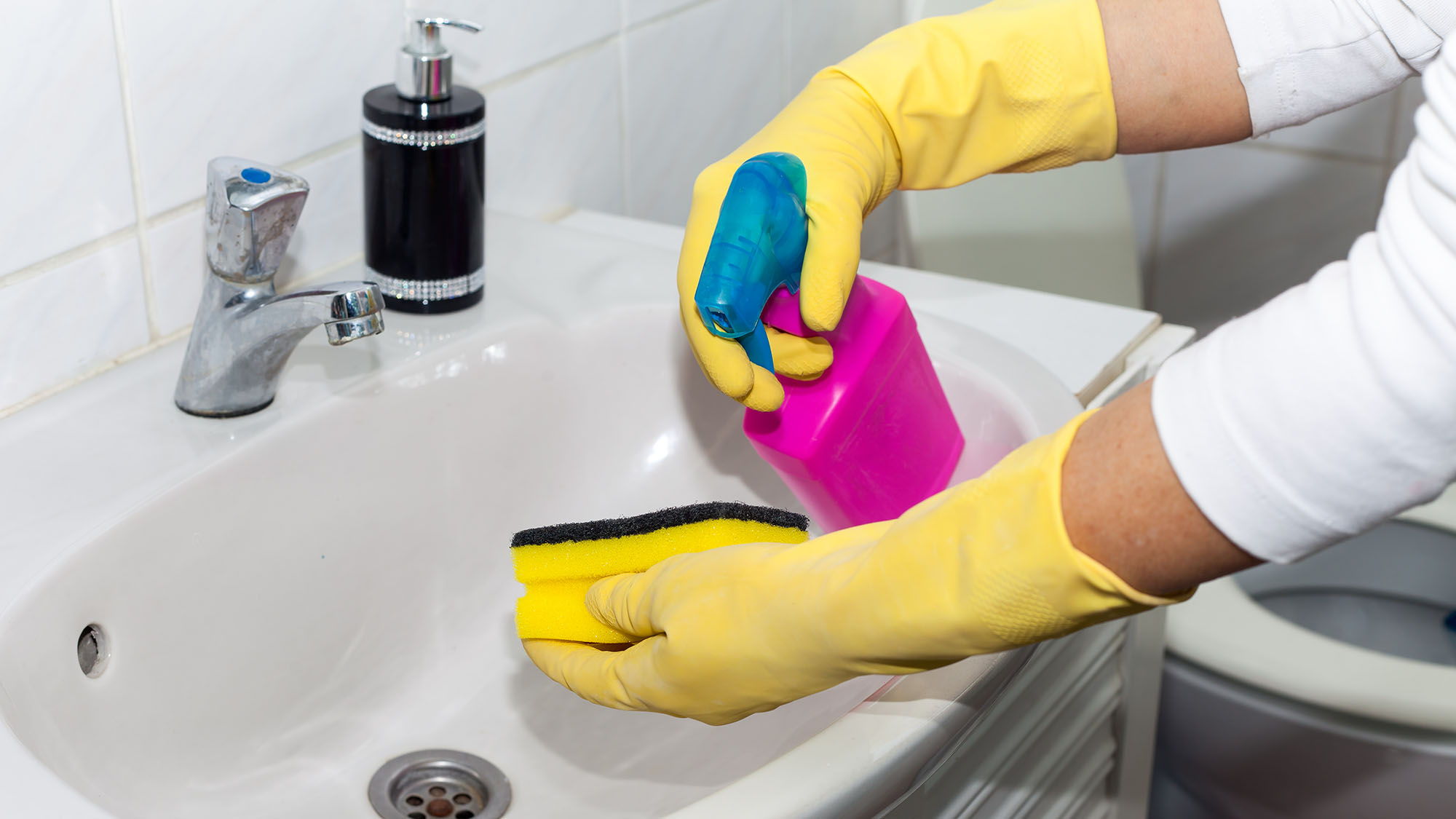
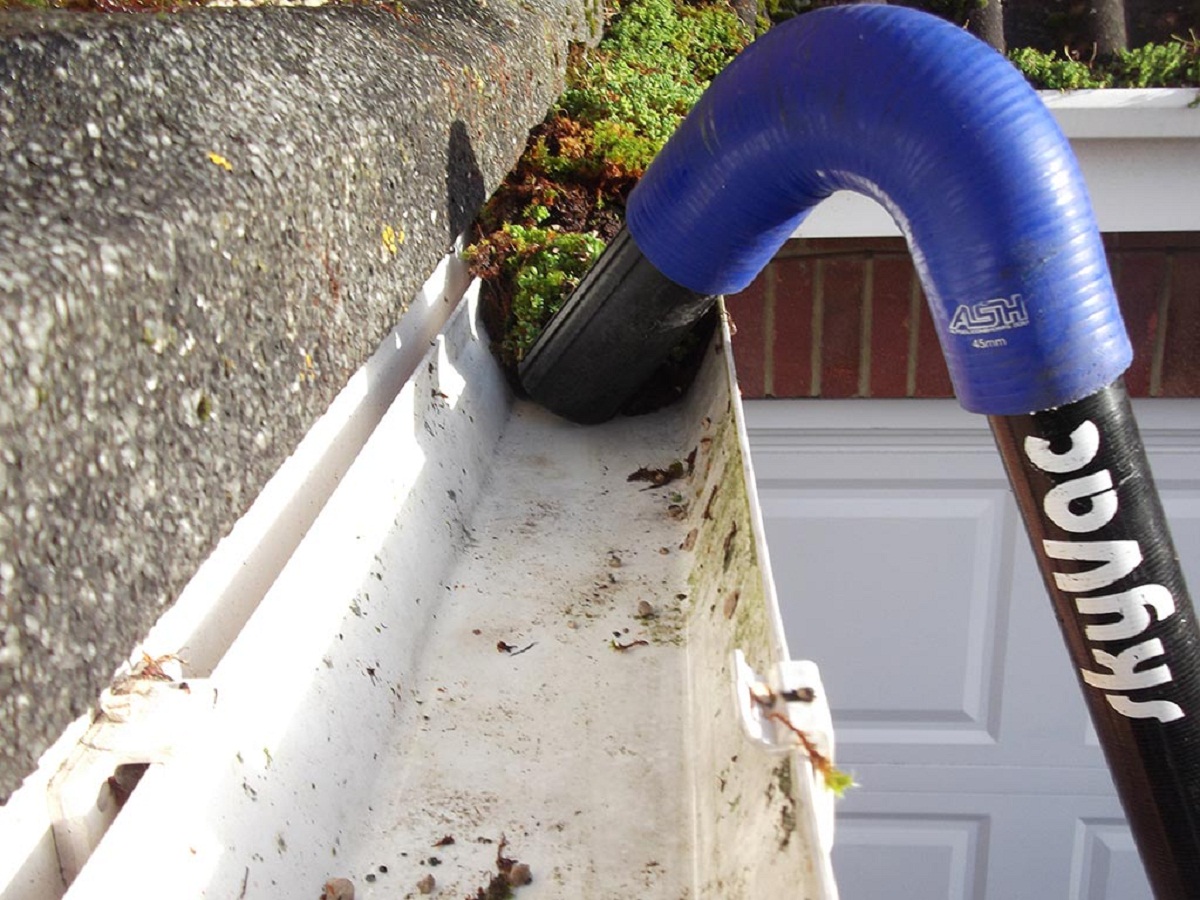
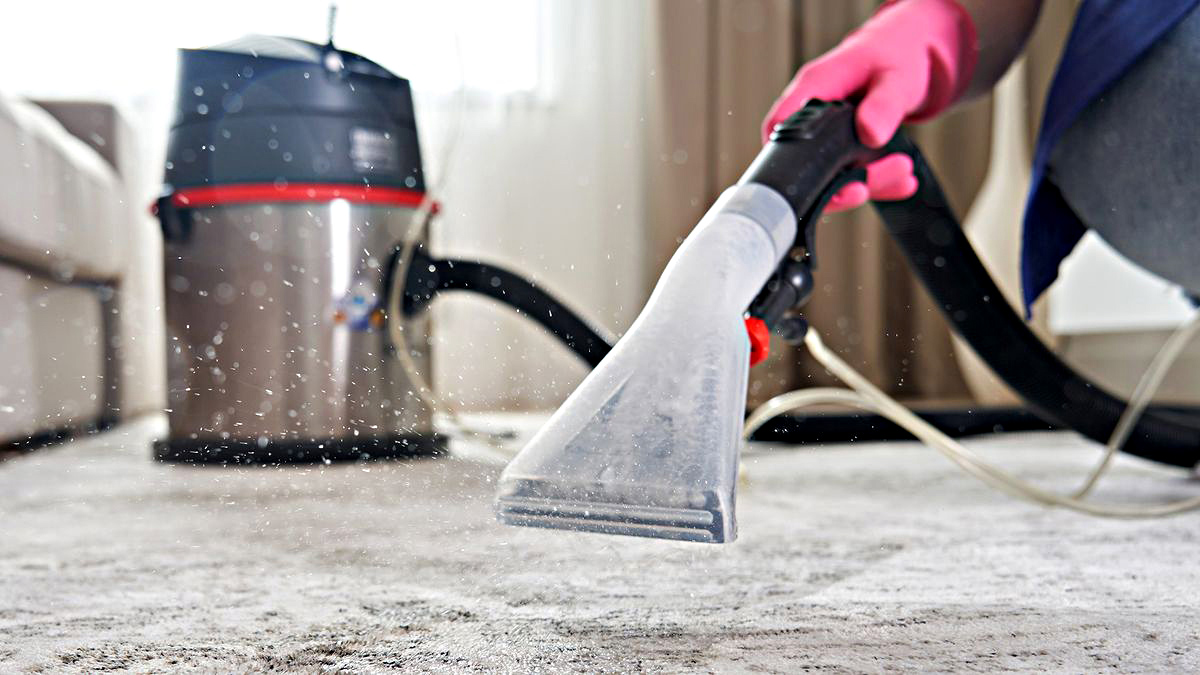
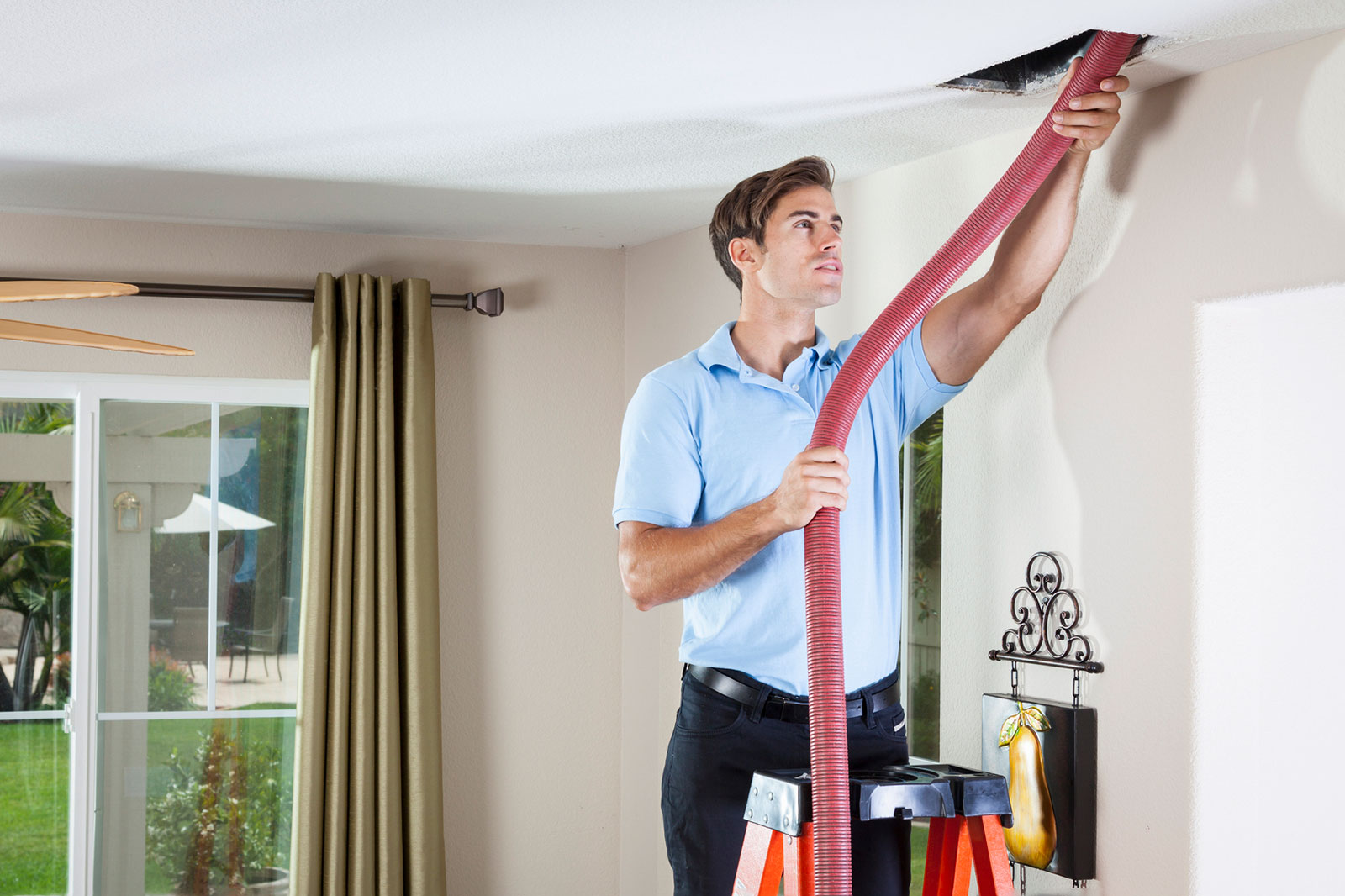
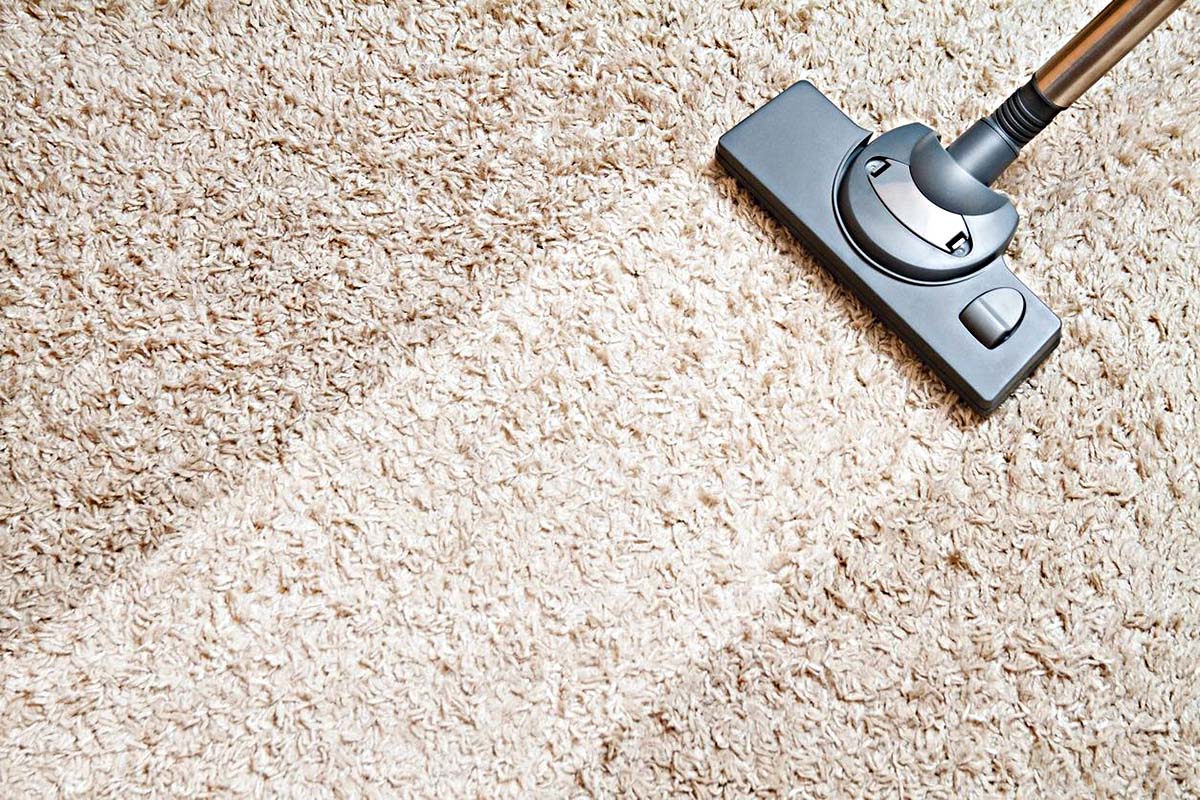
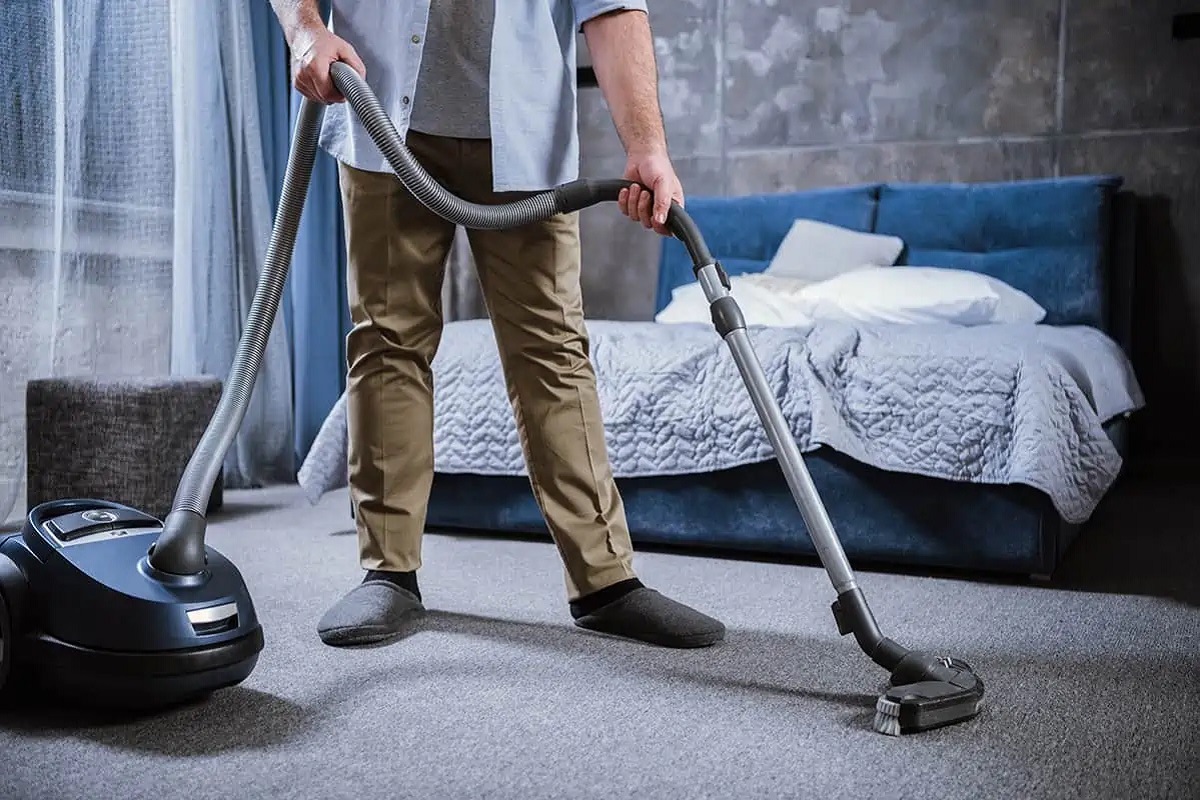
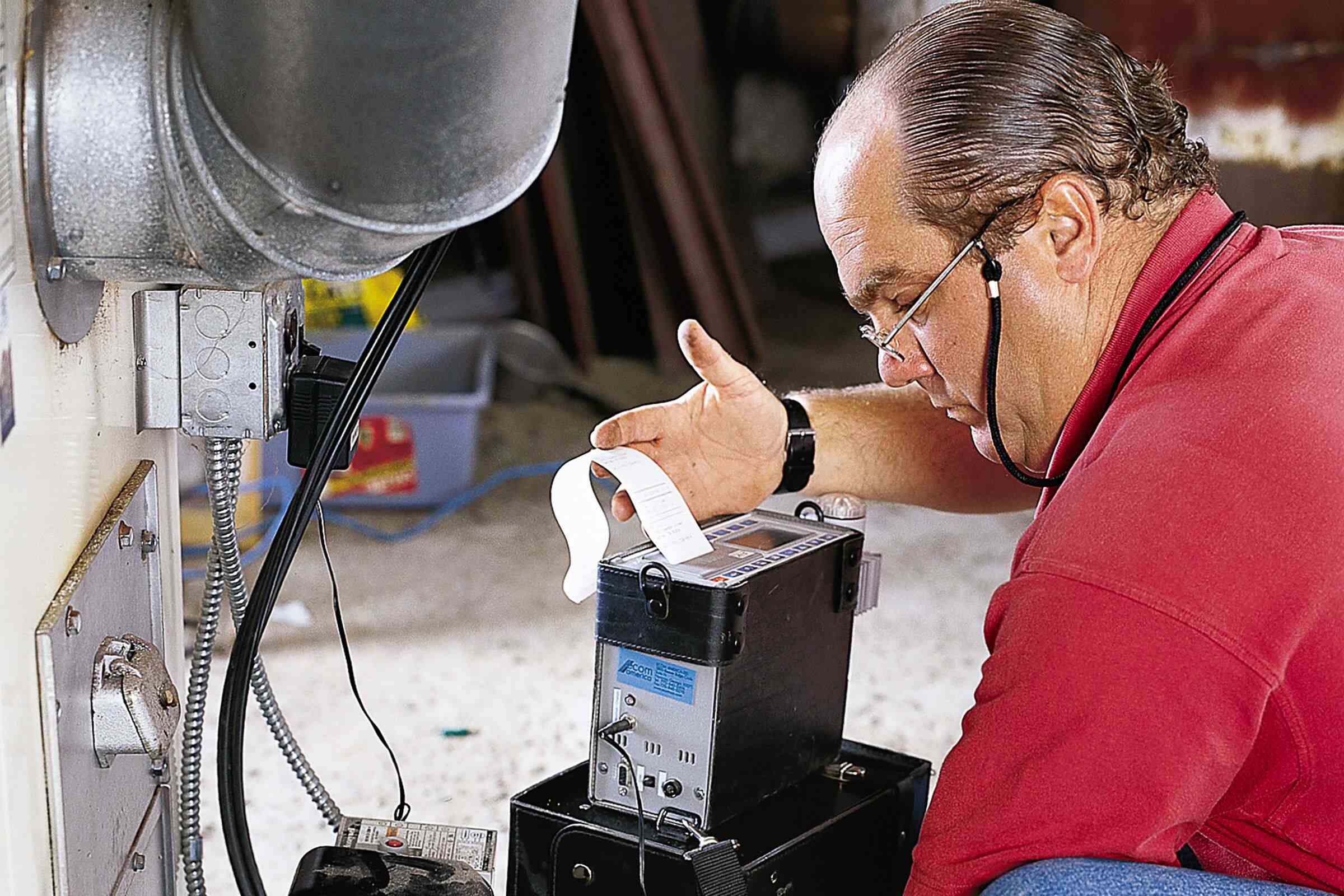
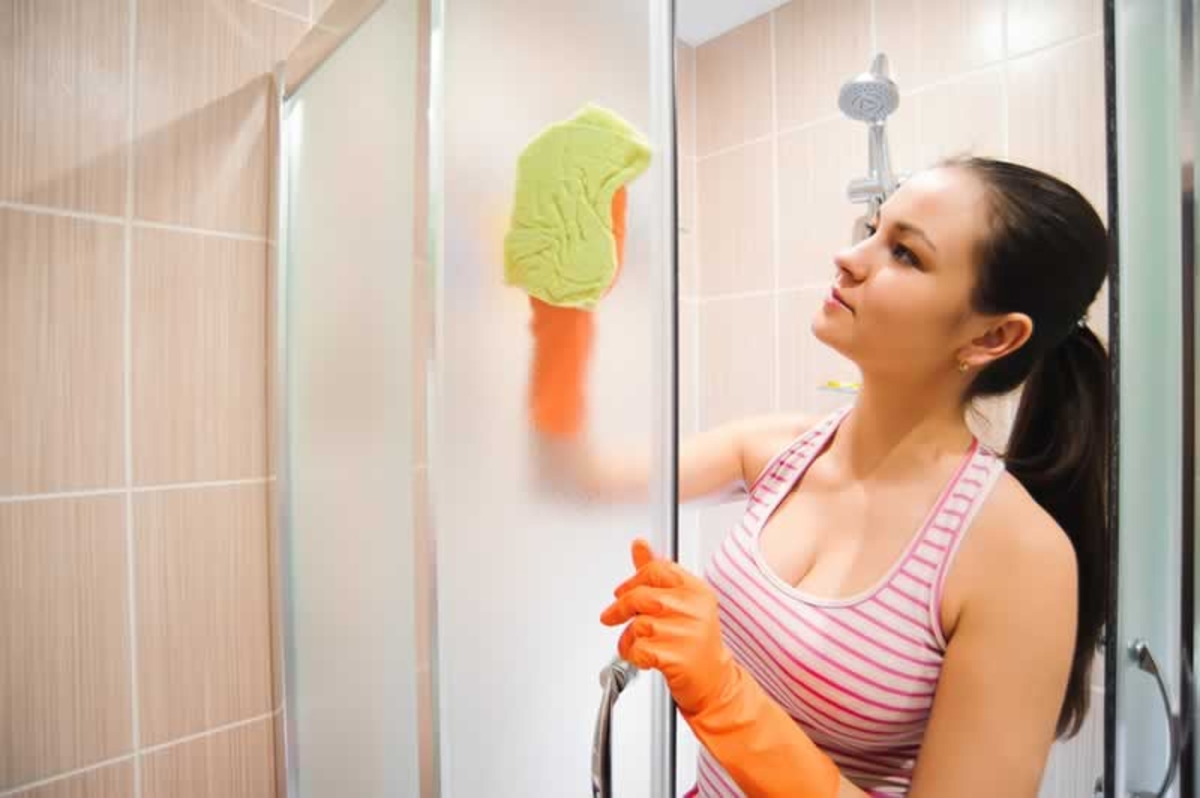
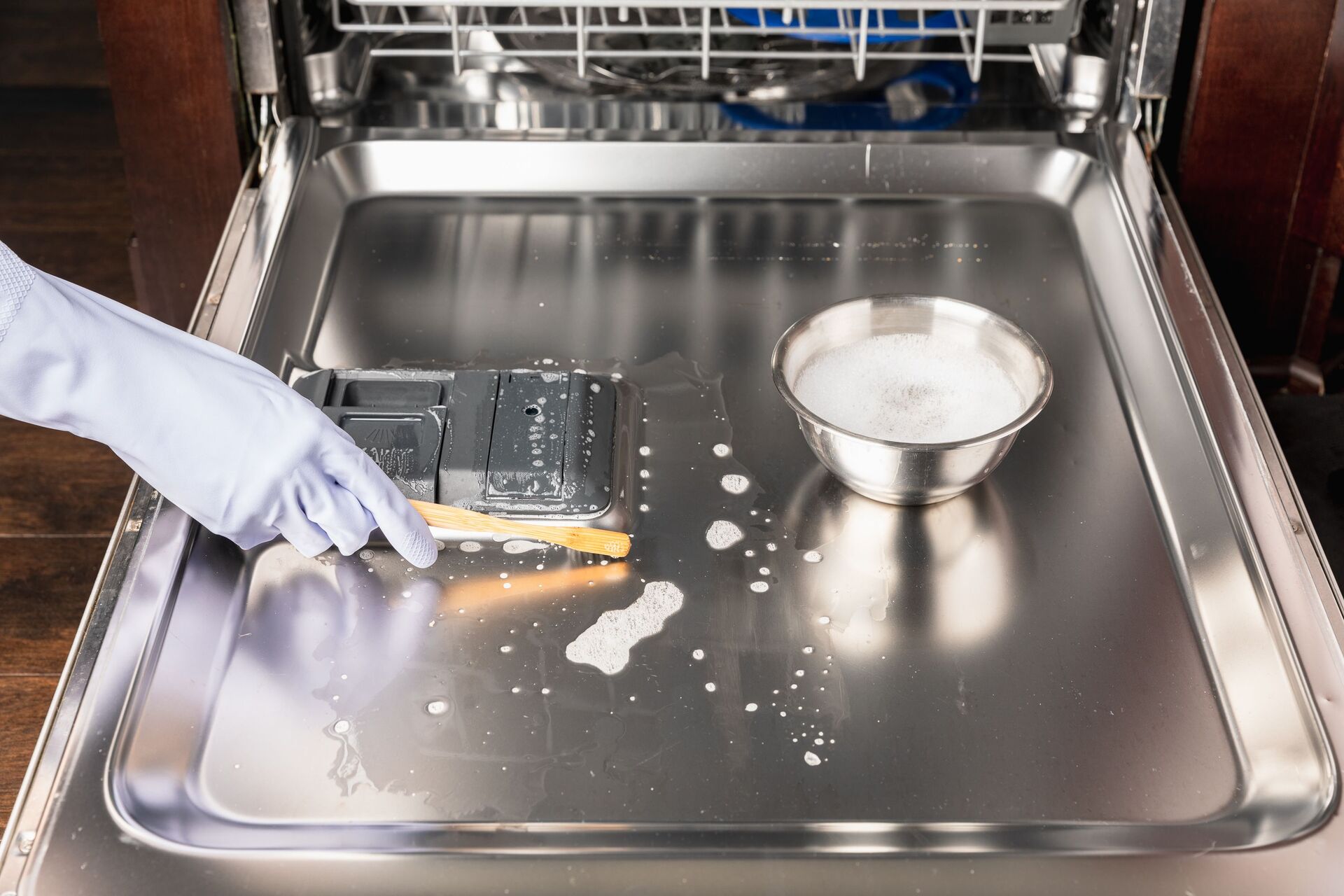
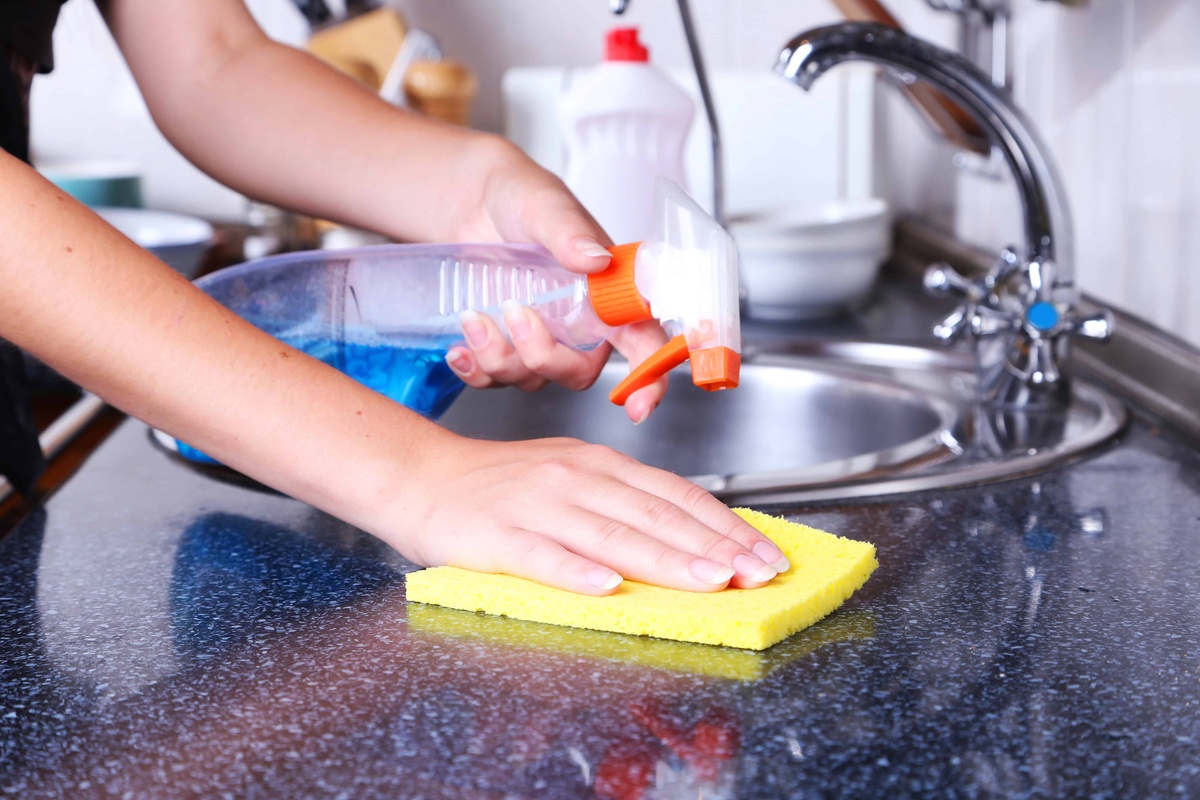
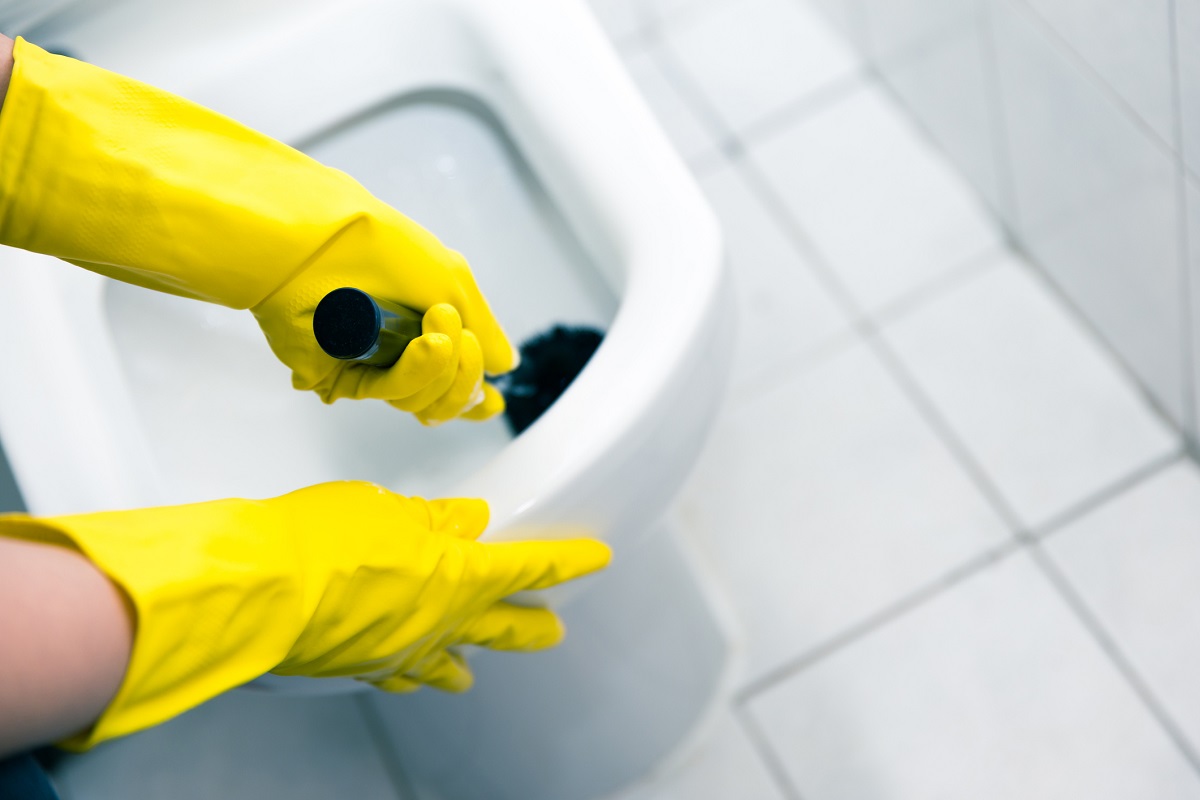


0 thoughts on “How Often Should You Clean Your Humidifier”